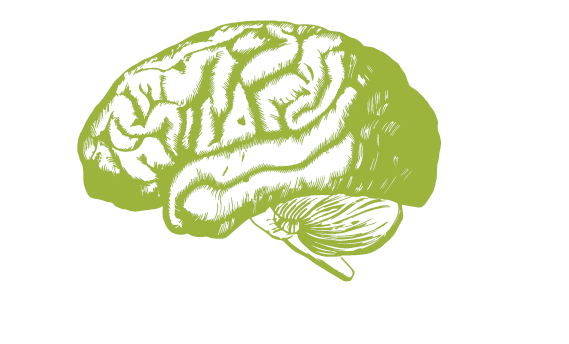Search in blog
Latest posts
The honest answer is this: we don't know this, and even if we did, we wouldn't be allowed to say it or make medical claims because of regulation. It takes many years to conduct clinical trials, and the research and scientific community has not fully discovered all the mechanisms on which cannabinoids work. Therefore, it is still too early to be able to definitively say whether CBD or other cannabinoids can cure cancer.
One of the most well-known doctors using cannabis to treat cancer patients claims:
"We see significant responses that CAN result in a cure, as well as seeing that the health of some people is not improving."
DR. ALLAN FRANKEL
If you plan to use CBD to treat a serious illness, we strongly recommend that you seek advice from a qualified professional who can advise you on how to get started and help you choose an individualized dosage plan.
Studies confirm that for some diseases, the combination of CBD and THC works better than just using CBD alone.
Rick Simpson, who was the first to raise the topic of cannabis in the mainstream media with his documentary "Run from the Cure," recommends a very high dose in the form of 1g of THC oil. Many unconfirmed reports show that his method works, while others indicate that such a large dose is not needed to achieve the same effects.
Dr. Allan Frankel, an internist and one of the world's leading authorities on medical marijuana dispensing, recommends using a 1:1 THC:CBD ratio for some cancers, but strongly opposes the high-dose system recommended by Rick Simpson.
Studies show that THC brings good results in palliative medicine after chemotherapy as it can stimulate appetite, reduce nausea and reduce pain.
If you live in a state or country where medical marijuana is available, you can legally purchase products that contain THC. In most places in the world, THC is illegal and for this reason all our products contain less than 0.2% THC. Some customers report that they achieve very good results by using our RAW CBD products, which contain CBD and CBD. CBDa is characterized by m.in antiproliferative properties, i.e. it prevents the spread of cells. It also has anti-inflammatory, antibacterial (slows down the growth of bacteria) and antiemetic (reduces vomiting and nausea).
The chemical structure of CBD is very similar to that of THC.
If you think you need THC in your dosing plan, you need to look for access to THC yourself or move to a place or country where it can easily be obtained. Some choose to grow it on their own, but you should be aware of local regulations in your country regarding cannabis cultivation.
There is a general consensus among the research and scientific community that CBD has no psychoactive properties and is not 'high' after it. This can be misleading, because if we look at the exact meaning of the word 'psychoactive', we will notice that it is anything that can change the operation of brain waves and has an impact on the change of perception, mood or state of consciousness. CBD has been shown to be effective in neurological disorders, depression and anxiety; all of this requires psychoactivity or a change in the brain to be effective.

The reason CBD is said to have no psychoactive properties is to distinguish it from THC, which is a cannabinoid that you get 'high' after. THC can also have a very expansive effect on thinking or have unpleasant, consciousness-limiting effects leading to paranoid disorders. This is one of the main problems when using high doses of THC for medicinal purposes, as most people cannot cope with side effects of this kind and need time to develop tolerance. Studies show that products with a high concentration of CBD can improve concentration and have a calming effect on us. It has been proven that CBD eliminates some of the undesirable effects of THC such as intoxication, sedation or tachycardia, while it has analgesic, antiemetic and anti-cancer effects.
Other scientific studies show that cannabidiol (CBD) has antipsychotic effects (Zuardietal, 2006), inhibits anxiety (Guimares et al, 1990) and may have neuroprotective properties in humans (Hermann et al, 2007).